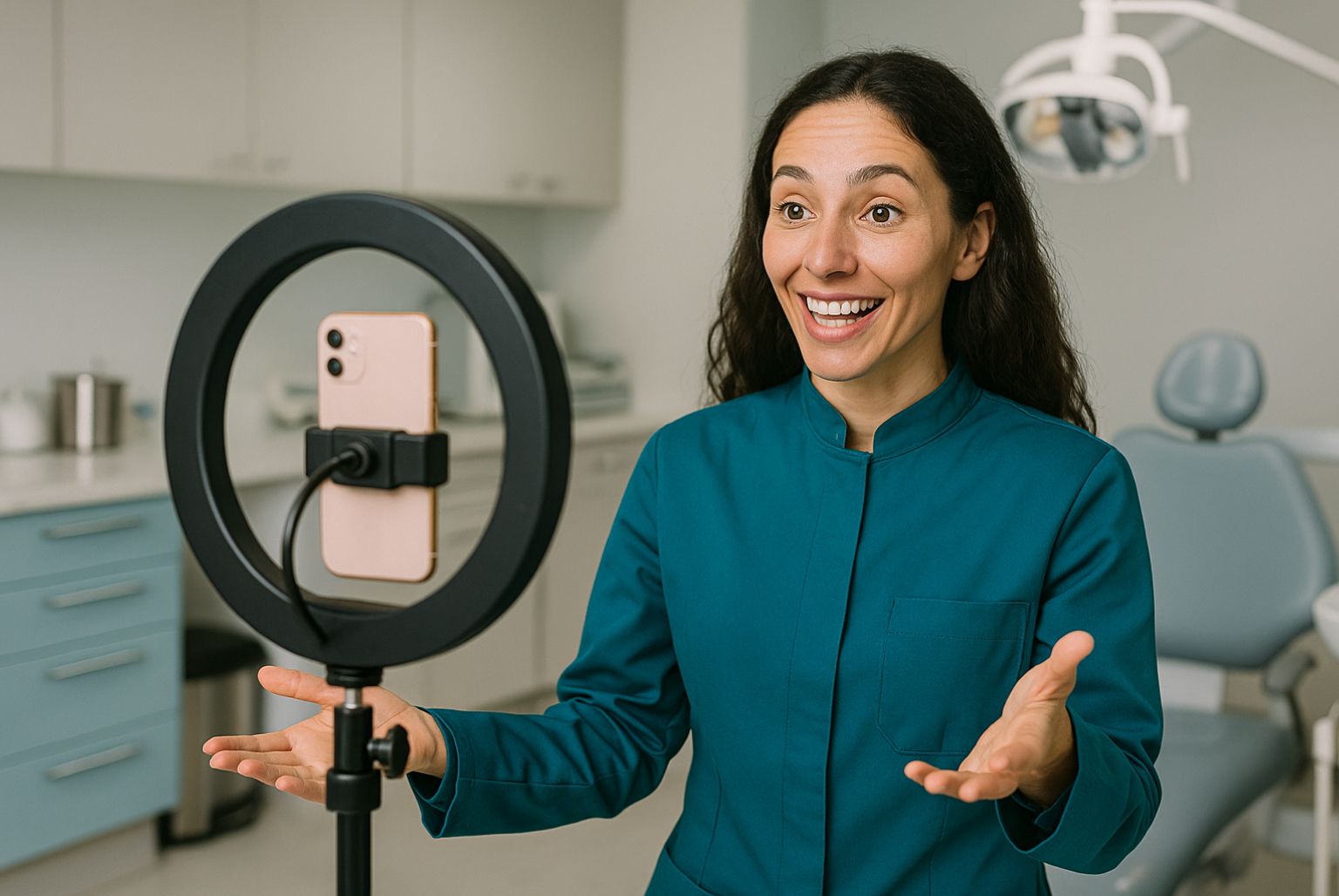Marketing consultant Adam Hampson discusses how aesthetic clinics and practitioners can use e-commerce to improve profit
Many clinics are beginning to, or already, sell skincare on their websites as an additional revenue stream. Selling products online is known as e-commerce and, in my experience, allows the opportunity for a clinic to boost its bottom line and attract new customers. For patients, it can help to reduce confusion and uncertainty over which skincare to buy, as your clinic will effectively be a ‘one-stop-shop’, where they can purchase treatments, procedures and skincare, all from the same place.
This article will outline how best to choose products to stock and how to start selling skincare online.
Choosing skincare to sell
Choosing skincare that you really believe in, and understanding its benefits, is essential when choosing what to sell. Marketing a new arm of your business can be time consuming, often taking months, and costly, ranging from hundreds to thousands of pounds. It’s important to be certain that you’re ready to back your products completely, making them integral to the heart of your clinic and its services. There are numerous types of skincare that you could choose to sell, as discussed below.
Skincare from renowned cosmeceutical brands
Today’s skincare customer can be extremely discerning and sceptical. You may choose to sell cosmeceutical products on your website as, generally, they are formulated with more potent and active ingredients for clinically-proven results than high-street skincare ranges.
Choosing a cosmeceutical range to sell should be based on the patients you already have and those you’d like to attract. Talk to your patients and listen to what they’re looking for in skincare – what are their common concerns and conditions? Although most clinics have their own recommendations for post-procedure treatment, it’s also worth considering selling skincare that complements the treatments your clinic carries out, for example, selling a soothing moisturiser a patient could use following a chemical peel. This enables your clinic to build additional sales and boosts the relationship between you and your patient, as they are fulfilling both their treatment and skincare needs in one place.
You’ll need to think about the prices your patients would be willing to pay and consider what other clinics are selling. Invest some time in finding out which ranges appear to be most popular on competitors’ websites and perhaps consider adjusting the price and the way you market your products so that you have an edge over your competitors.
Stock control and managing cashflow
One of the first practicalities to consider is having the budget to buy stock, which will depend on the approach you choose. It’s beneficial to speak to skincare manufacturers and resellers directly to ensure you get the most competitive prices. You’ll also need to check minimum order quantities to work out how much budget you will need to set aside. Whenever possible, keep the number of products small until sales become established, to cut potential risks.
Until you begin to sell skincare, it can be difficult to forecast future sales. If possible, it’s a good idea to have a financial buffer (keeping money aside in case of unexpected, emergency expenses) or cut other costs (such as investing in new technology or hiring new staff) during the roll out of e-commerce skincare. This can help to maintain a healthy cash ow and establish profit and loss.
Signature skincare developed by a third party
One option is to develop your own skincare range through a third party, which can be designed specifically for aesthetic clinics’ patient profiles and needs. Clinics can handpick the products with ingredients which they feel would appeal be most relevant to them. The products are branded for your clinic, helping you to establish your presence and credibility within a crowded market, and preventing being undercut by online sales.
This solution presents a relatively simple and straightforward way of selling your own skincare range. With this option, you can set your own prices to maximise potential sales and profit. Unlike other cosmeceutical skincare ranges, customers will not be able to find other retailers that sell your branded skincare range, whether online or in store. This option is exclusive and helps to set your clinic apart from others.
Designing your own skincare range
Investing in your clinic’s own skincare range can be extremely rewarding. At the same time, it’s both challenging and time consuming. It works in a similar way to launching a signature skincare range developed by a third party (see above) except that, instead of doing this through a consultancy, you develop the products yourself. Although you will already have a strong idea of what your customers (and potential customers) want, carrying out market research and extensive competitor analysis is a critical starting point. You can do this by attending presentations and events from competitors, contacting and arranging site visits with manufacturers, and understanding the legal requirements you need to comply with, including EU regulations. Joining an organisation such as the Cosmetic, Toiletry & Perfumery Association (CTPA) could be a good starting point for accessing information on regulations and contacting other companies, such as manufacturers within the cosmetics industry, to discuss how best to begin.2 It’s also important to consider, and action, how you want the packaging designed, as well as developing a marketing strategy, either with an agency or on your own. The benefits of designing your own skincare range include complete ownership and creative control, enabling you to meet the needs of your customers whilst also appealing to new potential customers. This ambitious option involves more investment upfront, as it is more expensive (likely to cost thousands of pounds) and time-consuming (likely to take about two years), than other alternatives previously mentioned.
E-commerce platforms
The next thing you need to consider is the platform to sell your skincare. Selling and buying online has become the norm for many consumers nowadays. There is a strong focus on saving time and money by researching online, using mobile apps, developing more personal and relevant relationships with online retailers, and enjoying the convenience of faster delivery and lower prices. However, this means that selling advanced skincare with results-based benefits, is not enough in itself – it must be supported by a viable e-commerce platform. There are several options which can help a clinic achieve this.
Rent an online store
This option is relatively quick, simple and straightforward. There are several e-commerce solutions that enable you to set up an online store to sell products, including Shopify,4 BigCommerce5 and LemonStand. An online store is connected to your existing website and operates as the invisible ‘backend’ that runs the shop. Complete online store solutions provide themes which can be customised with colour, font and imagery, to create a platform that complements and reflects your clinic without the need for advanced design skills. Online stores also enable you to accept credit card payments and track and respond to orders quickly and easily. The core idea is that you will be able to focus on your clinic’s business instead of getting bogged down with e-commerce detail. Sales insight and information (included in some packages) from your online store is designed to help you understand sales, orders and trends, so you can tailor marketing and business activity accordingly. Find out before choosing a company whether they provide marketing features such as search engine optimisation (SEO), simplified pricing structures for major carriers, and the opportunity to grow your e-commerce solution with apps such as MailChimp for Shopify, enabling you to stay in touch with customers who have placed orders via email.7 Renting an online store can start at around £20 per month for a very basic site, or up to £200 a month for more advanced features designed especially for scaling a business,8 although there are several free trials and discount offers on the market. Shopify, for example, offers a free 14-day trial and BigCommerce a 15-day free trial. Going for this option should ensure a seamless and consistent experience for all customers, as the website templates are pre-designed for smartphones and tablets as well as laptops and desktops.
Add e-commerce to an existing website
If your clinic already has its own functioning website, then it’s worthwhile considering adding to what you already have with an e-commerce plug-in or add-on (programmes that are easy to install and are used as part of a web browser). There are numerous solutions on the market including WordPress and Wix. WordPress provides an e-commerce plug-in known as WooCommerce (part of a package), which enables your clinic to gain immediate functionality for selling products upon installation.9 This type of solution is extremely popular with many online retailers. WooCommerce, for example, currently powers over 39% of all online stores,10 as it is easily accessible and relatively straightforward. Prices vary depending on package costs such as security and maintenance but, for extensions and web hosting, the average annual cost is around £380.11
Develop a dedicated e-commerce platform
Larger clinics, or clinics with substantial e-commerce activity, may eventually look to create and build their own website from scratch, using a dedicated e-commerce platform tool such as Magento. This solution is more flexible than using hosted solutions such as Shopify or WordPress, as it is dedicated specifically to your clinic. Initial and ongoing investment is essential to develop scope, wireframes (designing a website at a structural level) and functional specifications that can be scaled, evolved and tailored over time.12
Magento is the world’s most popular e-commerce platform,13 and is different to an online store in that you use it to build a website from scratch, making it a good reference point for clinics considering a dedicated platform, with another alternative being OpenCart. You may also need to use the additional services of designers, developers or a web agency. You’ll be able to customise your platform for a unique and consistent brand experience and may have access to the expertise of implementation partners available through the platform’s website, to ensure your clinic gets the most from the investment. Ultimately, this is the most robust solution, making it the most expensive too.
Creating a marketing strategy for selling skincare
You may already have a marketing strategy in place but if not, you’ll need to consider how you’re going to tell existing and potential customers that you are selling skincare online. A good starting point is sharing the news with the patients you already have. You could do this by notifying patients as they’re welcomed into the clinic for an appointment, or alternatively by email, telephone, posters and/or leaflets. Perhaps more challenging, is raising awareness for potential customers outside of your clinic. You could use your website and cost- e ective marketing methods such as social media and networking.
Of course, you’ll need to budget for this type of marketing activity, accounting for costs such as designing leafets, adding to your current website and attending events.
Conclusion
Entering the world of e-commerce holds many benefits for clinics and practitioners. E-commerce is an additional revenue stream that works around the clock, making profit whether your clinic is open or closed. It also presents the opportunity to diversify your clinic’s business, making it more robust and resilient.
Adam Hampson is the founder and director of Cosmetic Digital, a web design and digital marketing agency in Nottingham that works with clients in the cosmetic medical sector. He is also a public speaker on aesthetics marketing and branding.




